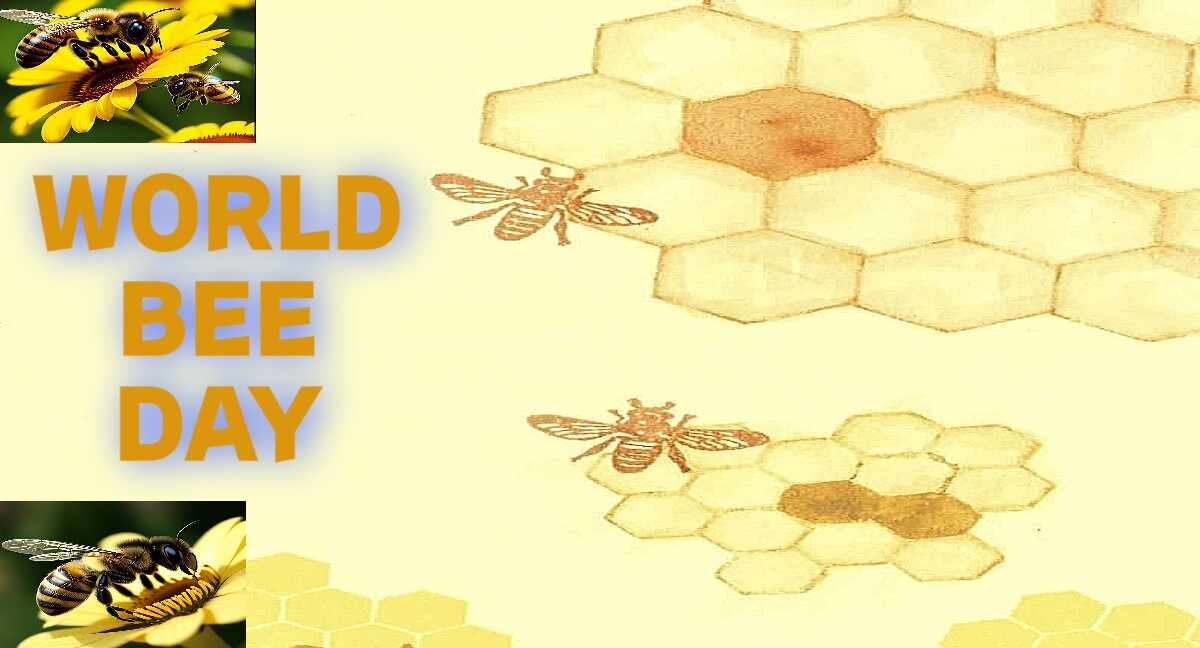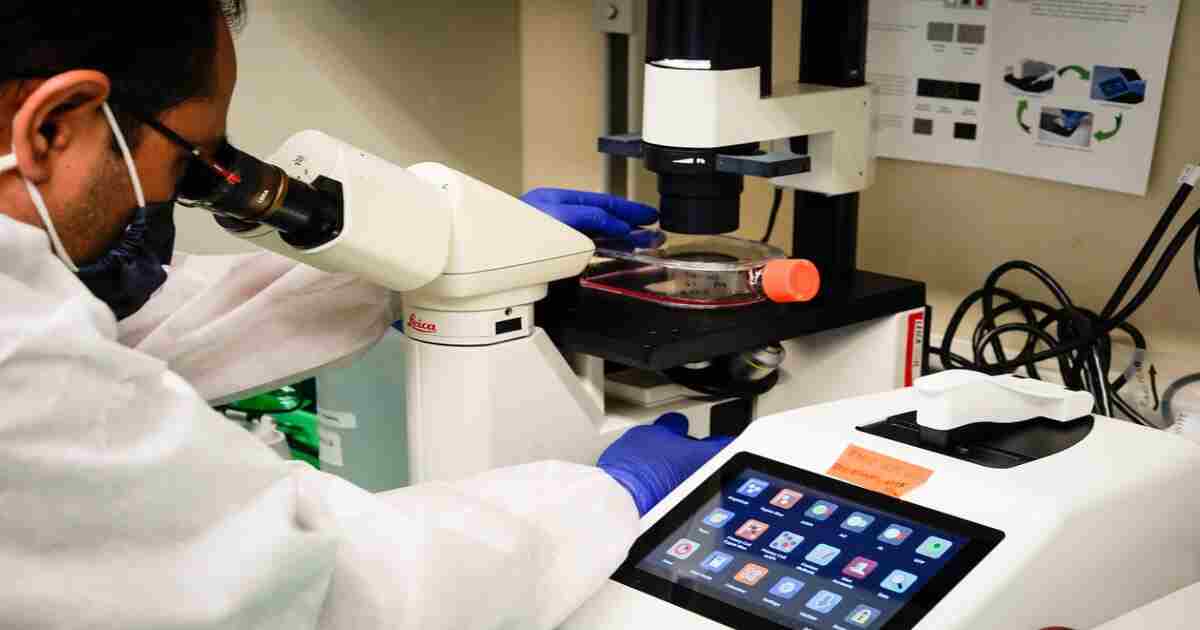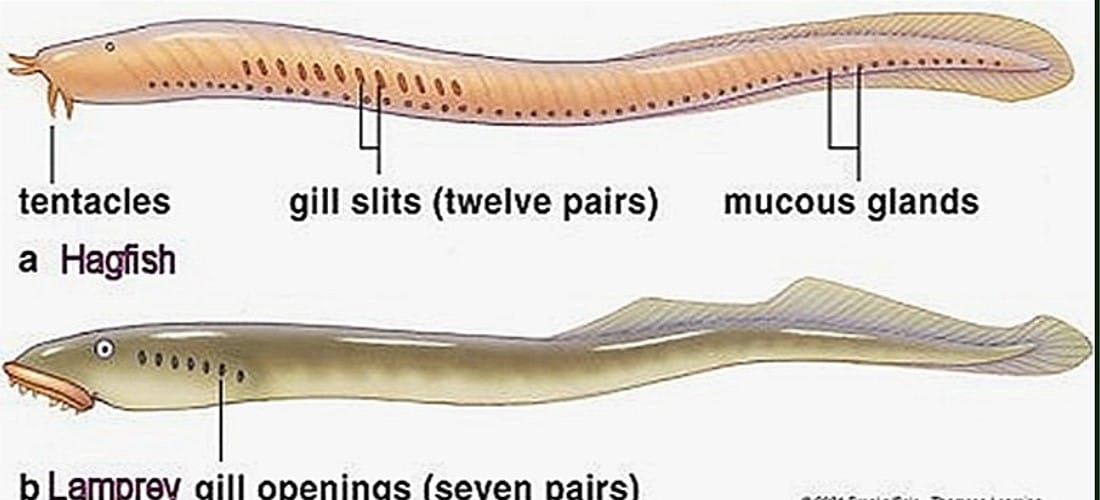Cyclostomata: The Cyclostomata (Gr., cyklos = circular + stoma = mouth) are the living agnathans, they are primitive in many respects, but specialized in others. They are a modified and degenerate offshoot of the primitive vertebrate stalk, arose in the Devonian. In the adult state they are parasitic or scavengers on fishes
Cyclostomata is a group of chordates that comprises the living jawless fishes: the lampreys and hagfishes. Both groups have round mouths that lack jaws but have retractable horny teeth. The name Cyclostomata means “round mouths”.Their mouths cannot close due to the lack of a jaw, so they have to constantly cycle water through the mouth.
Also Read: Agnatha
General Character of Cyclotomata
- Cyclostomes are jawless primitive vertebrates. They may be marine or fresh-water. They include hag fishes and lampreys.
- The body is long, eel like. It has a trunk and a compressed tail.
- Paired fins are absent. Median fin is supported by cartilaginous fin-rays.
- The skin i.e soft and smooth. It is slimy. It is scale less.
- Z- shaped myomeres are present in the trunk and tail Protractor and retracstor muscles to move the tongue.
- In this group a true coelom is seen.
- These vertebrates do not have jaws, hence called Agnatha.
- The mouth is circular. It works like a sucker and is surrounded by tentacles.
- Tongue bears teeth.
- Stomach is absent and oesophagus leads into the intestine.
- Endoskeleton is present.
- Skull is simple and primitive.
- Notochord persists throughout life.
- Vertebrae are represented by neural arches, around the notochord.
- Five to sixteen pairs of gills are present in sac like pouches
- The heart is two chambered. Sinus venosus is present, Blood contains leucocytes and Irregular nucleated erythrocytes
- Brain is seen.
- Ten pairs or less number of cranial nerves are present.
- Nasal sac is single and median.
- Lateral line sense organ is present.
- The tail is protocercal in cyclostomes, having a caudal fin extending around the end of the vertebral column. The protocercal tail is formed by the division of tail into two equal lobes supported by fins.
- Excretory system includes a pair of mesonephric kidneys.
- Sexes are separate.
- Gonad is single and without a gonoduct.
- Development may be direct or with a long larval stage.
Classification
The class Cyclostomata is divided into two orders
Order 1: Petromyzontiformes (Gr., petros = stone; myzon = suck):
Order 2: Myxiniformes (Gr., myxa = slime; oidea = type of):
Order- Petromyzontiformes
- This includes Lampreys.
- The buccal funnel is suctorial and shows horny teeth.
- The mouth is present in the buccal funnel.
- The nasal sac is dorsal. It has no connection with the pharynx.
- Eyes are functional.
- Seven pairs of gill slits are present.
- A well-developed dorsal fin is present.
- Branchial basket is complete.
- Brain is well developed.
- Pineal eye is well developed.
- Ear has two semicircular canals.
- Development is indirect through Ammocoete larva
Ex: 1. Petromyzon sp. (Sea-lamprey), Ichthyomyzon sp.
Order – Myxiniformes
- It includes the hag-fishes or slime eels.
- Buccal funnel is absent.
- The nasal sac opens into pharynx through a canal.
- Eyes are vestigial.
- Dorsal fin is absent or very small.
- Branchial basket is poorly developed.
- Brain is primitive.
- Pineal eye is reduced.
- Ear has only one semicircular canal.
- Development is direct.
- The hag-fishes are all marine.
Example: Myxine sp.; Bdellostoma sp.
Comparison Between Petromyzon and Myxine
| Petromyzon | Myxine |
| Live in marine water but migrates to fresh water for breeding (Anadromous migration) . | exclusively marine habitats. |
| Commonly known as Lamprey. | commonly Known as Hag fish. |
| Body is elongated and cylindrical. | elongated and eel like. |
| Dorsal fin is well developed, divided into two portions by a notch. | not developed. |
| Single nostril (monorhina) is on the dorsal side of head region. | very near to the mouth. |
| Anteroventrally, head posses a buccal funnel. It acts as a sucker for attachment to host. | Mouth is terminal position, surrounded by tentacles. Buccal funnel is absent. |
| Buccal funnel and tongue have horny teeth. | Teeth are present on tongue only. |
| Seven pairs of gill slits are present. | Six pairs of gill pouches open out through a single pair of gill slit. |






